Caps Drugs, Capsule pills dissolve, Capsaicin pills benefits, Cold cap capsules dosage, B complex pills side effects, E pills white, F sure capsules uses
Caps Drugs
When it comes to oral medication, both tablets and capsules are popular options. They both work by delivering a drug or supplement via your digestive tract for a specific purpose.
Although tablets and capsules work in a similar way,
they have some key differences, too. And cases, one form may be better suited for you than the other.
Here’s a look at the advantages and disadvantages of each,
how they differ, and tips for taking them safely.
What is a tablet?
Tablets are the most common type of pill.
They’re an inexpensive, safe, and effective way to deliver oral medication.
These units of medication are made by compressing one
or more powdered ingredients to form a hard, solid, smooth-coated pill that breaks down in the digestive tract.
In addition to active ingredients, most tablets contain additives that hold the pill together and improve the taste, texture, or appearance.
Tablets can be round, oblong, or disc-shaped.
Oblong tablets are caplets,
which can be easier to swallow.
Some have a line scored across the middle, making them easier to split in half.
Some tablets have a special coating that prevents them from breaking down in the stomach.
This coating helps ensure that the tablet will only dissolve after entering the small intestine.
K-18 Pills / caps drugs
Other tablets come in chewable forms, or as orally dissolving tablets (ODT),
which break down on their own in saliva.
These types of tablets can be especially helpful for people who have trouble swallowing.
In every case,
the dissolved tablet medication is eventually
absorbed into your bloodstream.
The dissolved medication travels to your liver
and distributed to one
or more target areas in your body so that it can do its job.
Throughout this process, the drug undergoes chemical changes,
known as metabolism.
It’s eventually
excreted in your urine or feces.
What is a capsule?
Capsules include medication
that’s enclosed in an outer shell.
outer shell broken down
in the digestive tract
and the medication absorbed into the bloodstream
and then distributed and metabolized in much the same way as medication from a tablet.
F sure capsules uses, caps drugs
There are two main types of capsules: hard shelled and soft gel.
Hard-shelled capsules
The outside of a hard-shelled capsule consists of two halves.
One half fits inside the other to form a closed casing.
The inside filled with dry medication in powder or pellet form.
Other hard-shelled capsules contain medication in liquid form.
There are liquid-filled hard capsules (LFHC). Caps Drugs, Capsule pills dissolve, Capsaicin pills benefits, Cold cap capsules dosage, B complex pills side effects, E pills white, F sure capsules uses
Airtight LFHCs make it possible for a single pill to contain more than one drug. Hence,
they’re ideal for dual-action or extended-release formulas.
Soft-gel capsules
Soft-gel capsules have a slightly different appearance than hard-shelled capsules. They’re typically wider and are usually semi-transparent as opposed to opaque.
Also known as liquid gels, they contain medication suspended in gelatin or a similar substance.

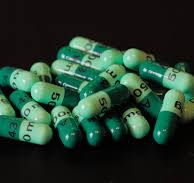
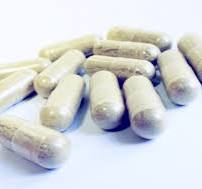
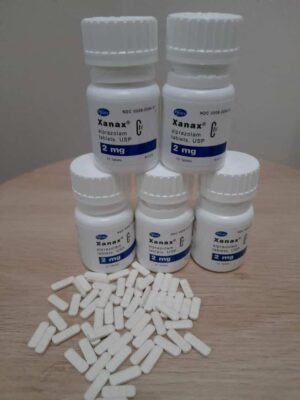

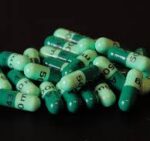
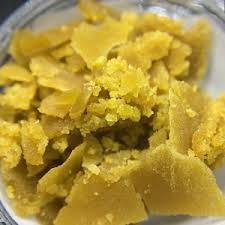
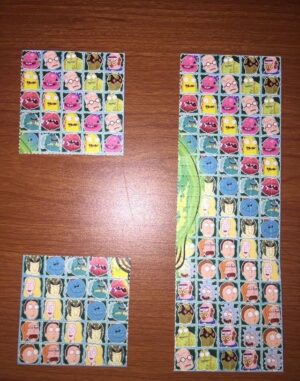
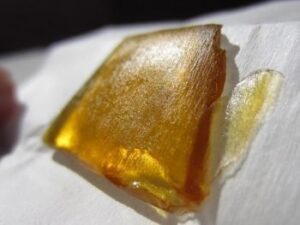
Reviews
There are no reviews yet.